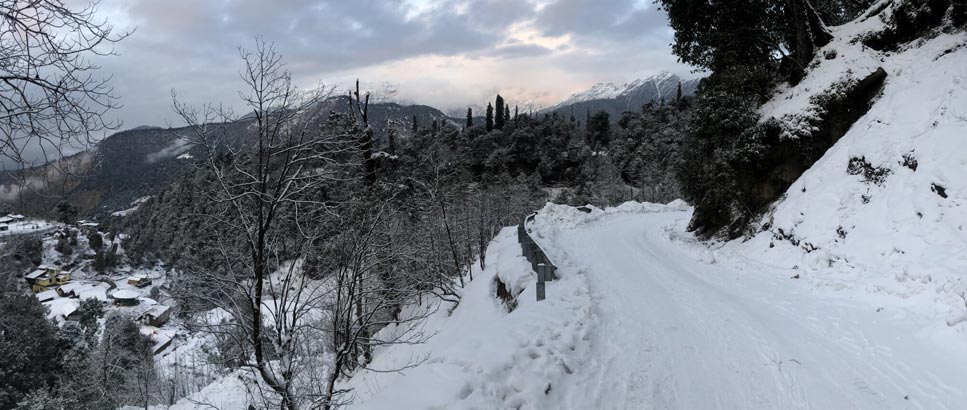
Climate of Chardham: A Divine Journey through Nature's Embrace
Chardham Yatra is a sacred pilgrimage that beckons devotees and adventure seekers alike. The four sacred sites of Yamunotri, Gangotri, Kedarnath, and Badrinath not only hold immense religious significance but also offer a unique and enchanting climate that adds to the allure of this divine journey.
Yamunotri:The journey begins at Yamunotri, the source of the Yamuna River. Situated at an altitude of approximately 3,293 meters (10,804 feet), the climate here is cool and crisp. Summers, from May to June, bring pleasant temperatures ranging from 6 to 20 degrees Celsius, making it an ideal time for pilgrims to embark on their spiritual quest. Monsoons, from July to September, bring a refreshing touch to the region, with lush greenery adorning the landscape. However, caution is advised due to occasional heavy rainfall. Winters, from October to April, witness snow-covered landscapes and freezing temperatures, providing a different yet captivating experience for those seeking a tranquil retreat.
Gangotri:Moving on to Gangotri, the birthplace of the Ganges River, pilgrims are greeted by a mesmerizing climate. Located at an altitude of approximately 3,415 meters (11,204 feet), Gangotri experiences a cold climate throughout the year. Summers are mild, with temperatures ranging from 6 to 20 degrees Celsius. Monsoons, from July to September, bring occasional rainfall, transforming the surroundings into a vivid spectacle of nature. Winters, from October to April, cover the region in a blanket of snow, creating a serene ambiance that is perfect for introspection and spiritual contemplation.
Kedarnath:The journey continues to Kedarnath, one of the twelve Jyotirlingas dedicated to Lord Shiva. Perched at an altitude of about 3,583 meters (11,755 feet), Kedarnath offers a unique climate owing to its high elevation. Summers, from May to June, provide cool temperatures ranging from 0 to 20 degrees Celsius, making it a comfortable time for pilgrimage. Monsoons, from July to September, bring intermittent rain, adding a mystical charm to the region. Winters, from October to April, witness heavy snowfall, transforming Kedarnath into a snow-covered haven that remains inaccessible during this period.
Badrinath:The final destination of the Chardham Yatra is Badrinath, the abode of Lord Vishnu. Situated at an altitude of approximately 3,133 meters (10,279 feet), Badrinath experiences a cool and invigorating climate. Summers, from May to June, offer pleasant temperatures ranging from 5 to 18 degrees Celsius, making it an ideal time for pilgrimage. Monsoons, from July to September, bring occasional rainfall, rejuvenating the surroundings. Winters, from October to April, bring heavy snowfall, covering Badrinath in a pristine white blanket and rendering it inaccessible during this period.
Conclusion:The Chardham Yatra not only fulfills the spiritual aspirations of devotees but also provides an opportunity to witness the diverse and enchanting climate of the Himalayan region. From the lush green landscapes of Yamunotri to the snow-covered expanses of Badrinath, each destination offers a unique and awe-inspiring experience, making the pilgrimage a harmonious blend of divinity and nature's embrace.